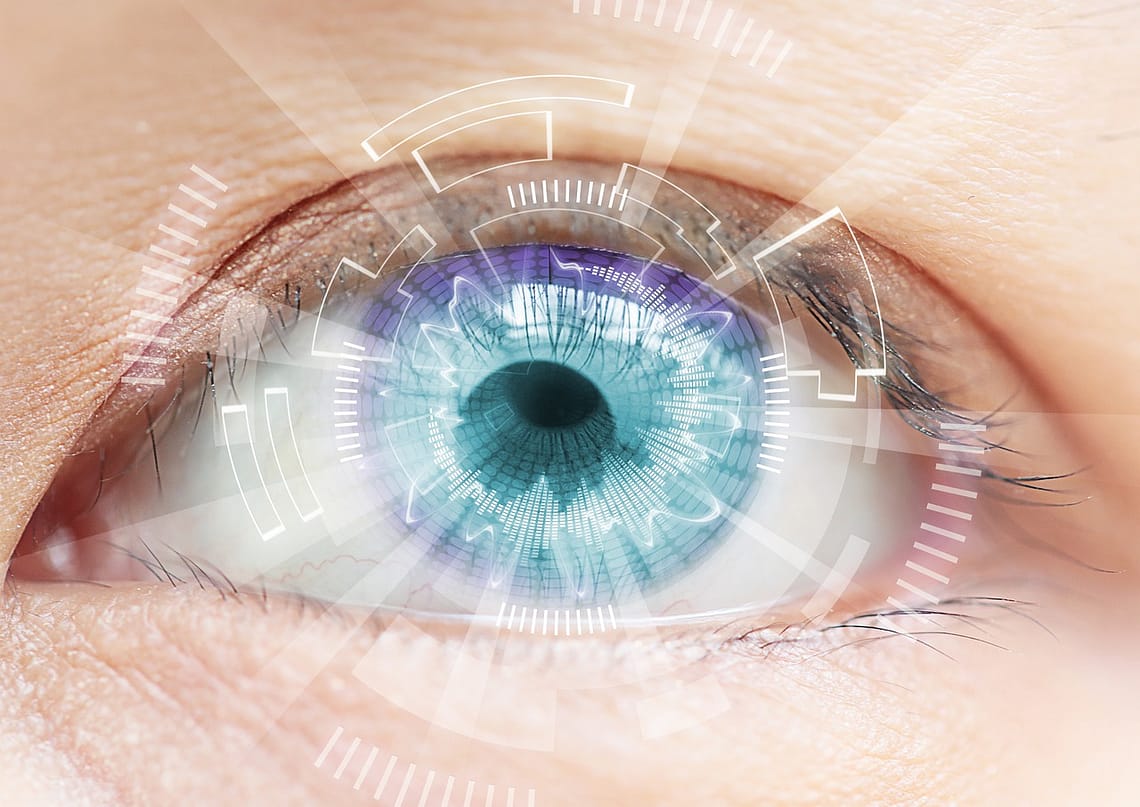It is not uncommon to see older people have that cloudy mass embedded in their eyes. We see them everywhere as cataract affects a large portion of the senior population. In fact, cataract is the leading cause of blindness and may start developing as early as you reach 40 years of age.
Cataract formation develops with age and injury. Genetic factors can also increase your risk. Other risk factors worth mentioning are diabetes, smoking, obesity, high blood pressure, excessive alcohol intake, previous eye injury, and surgery. The progression of cataract varies among individuals. There may be no other methods to stop or slow down its progress. In due time, you may have to go to a cataract laser eye surgery before a complete loss of vision happens.
When protein in your lens starts to cling with one another, the formation of cataract starts. It may begin with blurry vision until you seeing clearly becomes more difficult. You may experience more glare from light-emitting sources such as the sun, lamps, and headlights. Night vision may also be affected, and colors seem to fade.
As there is no possible way to stop the progression of cataracts, when should you go for surgery? Here are some clues that can be useful in your decision.
As Soon as Possible

When cataract surgery was not yet as perfect as today, individuals with the ailment were advised to wait until their cataracts are ‘ripe’ for picking. Today, however, it is better to have your cataract removed while it has not yet become a bigger mass. It is harder to remove a cataract that has spread through a larger portion of your eye.
When Eyeglasses Don’t Make You See Better
Until your cataract reaches the mature stage, you will surely have a couple of eyeglass changes to solve your decreasing vision. But soon, there will be no eyeglasses to help you if the cataract will cover all parts of the lens and pupil. In this case, you really need a cataract surgery before you lose your vision completely.
When It Impedes With Your ADL

With a progressing cataract, you may find out one day that you may not be able to do the activities of daily living that you enjoy most. Worse, you may not also be as productive as you were before. You may not allow that to happen if you still have a strong body and a good state of mind. You may yet have many more productive years ahead.



 When we blink, the surface of the eyes is cleared of any obstruction helping us to see clearly. Any debris can be washed away by tears, which can be brought about by blinking. Blinking also provides oxygen to the eyes. All these help in achieving clarity of vision and overall eye health.
When we blink, the surface of the eyes is cleared of any obstruction helping us to see clearly. Any debris can be washed away by tears, which can be brought about by blinking. Blinking also provides oxygen to the eyes. All these help in achieving clarity of vision and overall eye health. The usual effects of decreased blink rate are dryness and discomfort in the eye, which bookworms and computer geeks are prone to have. But when these conditions go unattended or their activities are not minimized, they are also susceptible to eye infections such as sore eyes. And worst, your visual acuity can also be impaired. Computers geeks can also develop a certain disorder called Computer Vision Syndrome, which is caused by a decreased blink rate while using a computer. This is characterized by ocular discomfort.
The usual effects of decreased blink rate are dryness and discomfort in the eye, which bookworms and computer geeks are prone to have. But when these conditions go unattended or their activities are not minimized, they are also susceptible to eye infections such as sore eyes. And worst, your visual acuity can also be impaired. Computers geeks can also develop a certain disorder called Computer Vision Syndrome, which is caused by a decreased blink rate while using a computer. This is characterized by ocular discomfort.

 This man-made lens helps in improving vision by focusing the light on your retina. But in some cases, you may need to wear prescription glasses even after replacing your natural lens with an IOL. Though most people can see without glasses after this surgery. In some cases, this distance of vision is limited. To improve that vision, they have to wear prescription glasses of lower power even after the operation.
This man-made lens helps in improving vision by focusing the light on your retina. But in some cases, you may need to wear prescription glasses even after replacing your natural lens with an IOL. Though most people can see without glasses after this surgery. In some cases, this distance of vision is limited. To improve that vision, they have to wear prescription glasses of lower power even after the operation.